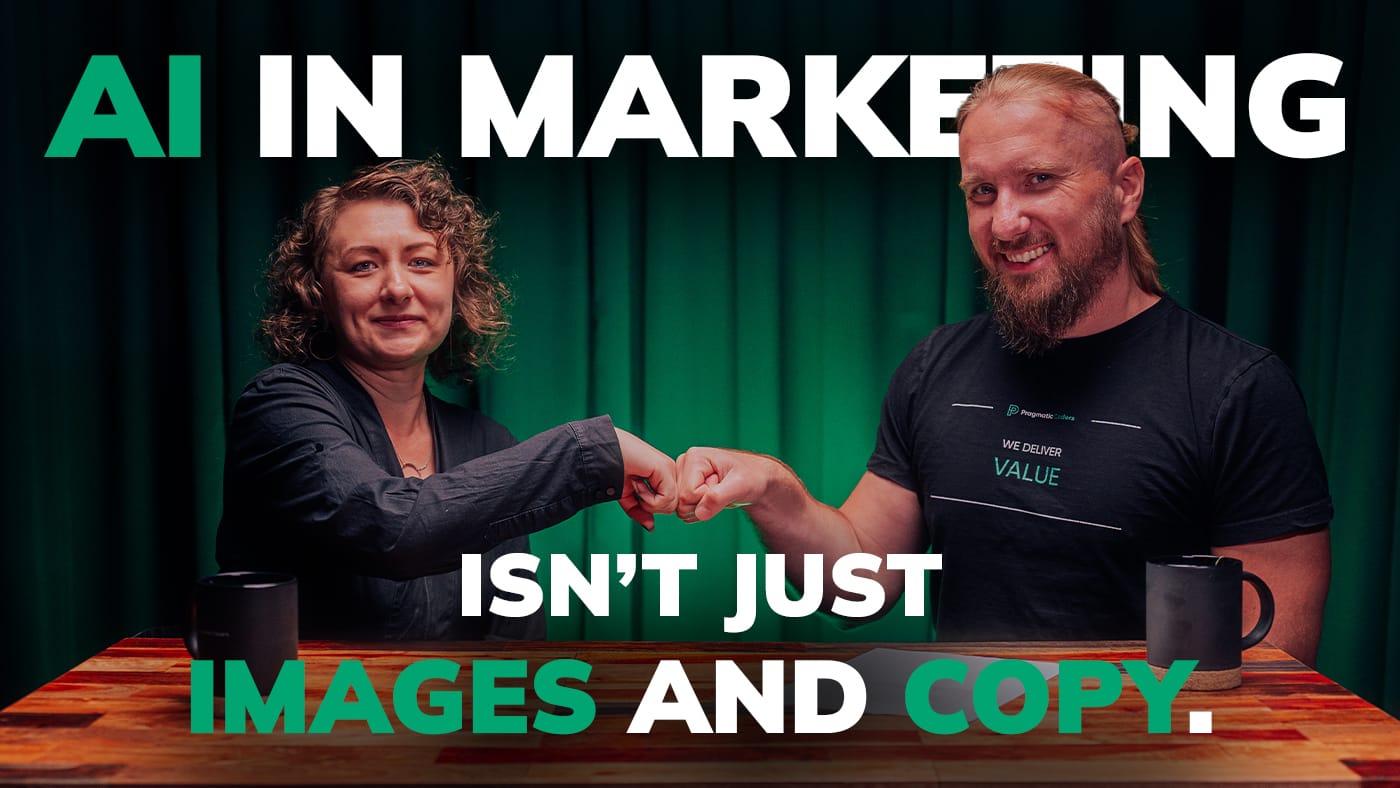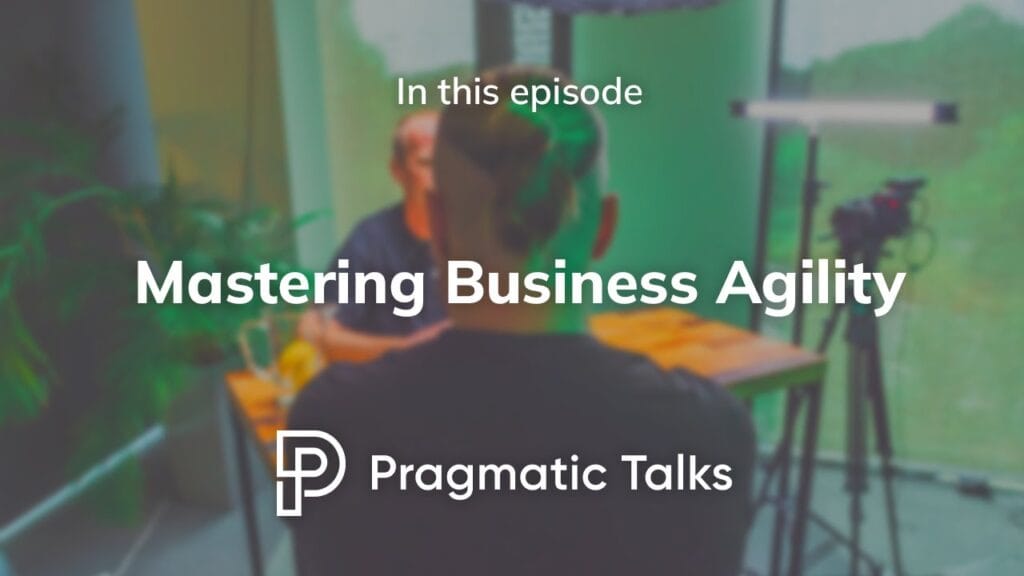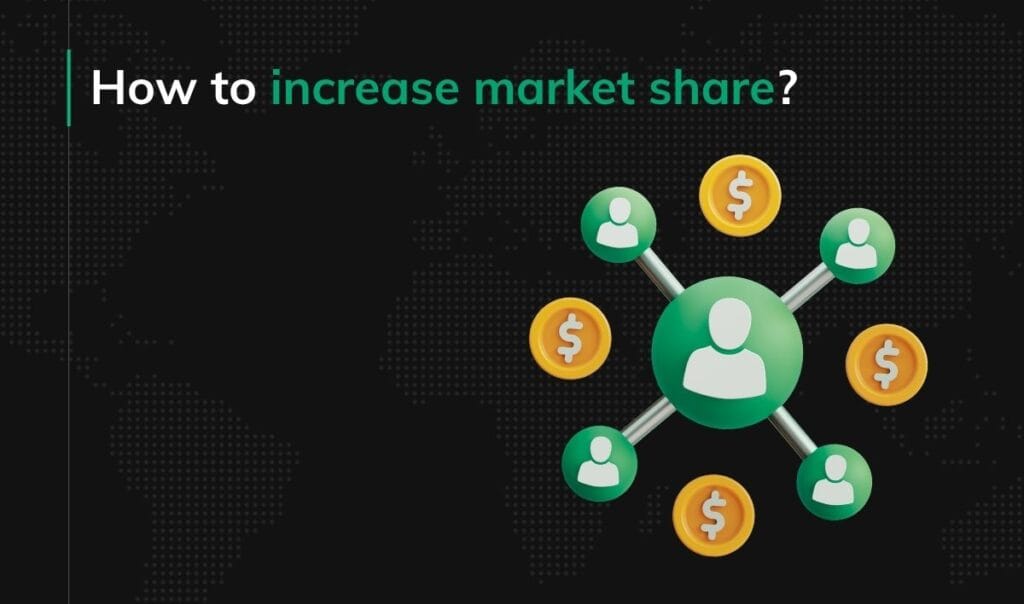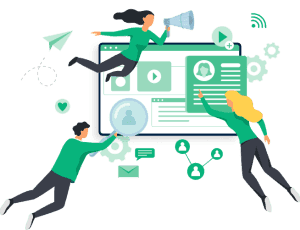Business Strategy and Marketing in the Age of AI pt. 1

Here’s what you can learn from this episode of Pragmatic Talks:
Beata Mosór’s background and strategic expertise
- Beata Mosór is an expert in business and marketing strategy. She co-founded Project People, a lean strategy agency, and has worked with both startups and large corporations such as T-Mobile and Nationale-Nederlanden.
- She played a key early role in shaping the strategic direction of Pragmatic Coders around 2016–2017, helping them define their initial marketing and business approach through workshops and iterative development.
The core of business strategy in the AI era
- Beata defines business strategy as the foundation of an organization — mission, vision, values, and operational principles. These remain stable over time, while operational elements like delivery and marketing must evolve quickly in response to a changing environment.
- The business model canvas is still valid today, but needs to be redefined for a more circular and fast-moving world — especially in the context of AI and the VUCA (Volatile, Uncertain, Complex, Ambiguous) environment.
Business strategy vs. marketing strategy
- According to Beata, there is essentially only one strategy: the business strategy. All other strategic areas — including marketing — are components or expressions of the core strategy, adapted to different operational needs.
Strategy creation: evolution from workshops to AI augmentation
- Where strategy development once took several weeks of manual effort, Beata now uses AI tools (such as Gemini, ChatGPT, and Perplexity AI) to compress the work into roughly 40 hours for a company of around 80 people.
- The process involves organizing company data (mission, vision, past actions, values) into structured frameworks to feed into AI models, enabling rapid and high-quality strategic output such as Balanced Scorecards, MVP marketing materials, SEO roadmaps, and lead magnets.
Long-term vision vs. short-term flexibility
- While core elements (mission, vision, and values) may remain valid for 15–20 years, modern strategies must allow continuous iteration at the operational level.
- Beata is working on systems where individual AI agents will assist in executing different operational parts of strategy — from marketing to logistics.
AI’s role in strategy execution
- AI should not be seen merely as a tool for automating small tasks like invoicing. Instead, generative and agent-based models shift strategy from assigning predefined tasks to setting broader goals for AI to achieve within defined constraints.
- This marks a new paradigm — AI as a collaborator in achieving strategic outcomes, not just speeding up workflows.
The CRIC model: AI-native corporate design
- Beata introduces the CRIC model (Circular, Responsible, Intelligent Corporation), which aims to redesign businesses for the AI era. It includes strategic alignment, data gathering, AI model fine-tuning, and training agents to handle specific business functions.
- Each agent (e.g., video generation, customer service, content writing) is aligned with a central large language model (LLM), such as Claude or Gemini, to ensure strategic continuity across outputs.
Using multi-agent AI environments
- Companies should build a flexible AI stack — using lightweight models for quick tasks (e.g. Claude Flash or GPT-3.5) and more advanced models for deep reasoning (e.g. Claude Opus or GPT-4 Turbo).
- This enables highly tailored and efficient execution while still staying aligned with long-term strategic goals.
The business impact of AI-based strategy
- Data is still emerging, but companies like ElevenLabs, Ramp, and AI-forward startups are growing at unprecedented speeds.
- The formula: effective strategy + strong talent + correct AI tools = exponential growth potential.
Common mistakes in AI implementation
- Most leaders treat AI as traditional automation (like RPA), applying it only to narrow problems. This is limiting.
- Real transformation requires a change in mindset — using AI to evolve the entire business model, evaluate competition, and rethink customer experience and team structure.
- Companies must embrace AI proactively to avoid becoming obsolete — like Nokia or Kodak in past decades.
Final takeaway for tomorrow’s leaders
- Ask yourself: “What world do I want my children to live in?” Then, redesign your company to help build that world — not just adapt to technology, but actively shape the future using it.
Stay tuned for part two of this conversation, where Beata and Wiktor will dive deeper into how AI is transforming modern marketing strategy.
Full Podcast Transcript
Welcome to the next episode of Pragmatic Talks
Today, our special guest is Beata Mosór. Hi Beata!
Hi Wiktor!
Beata is an expert in strategy and marketing. And today we are going to cover the topic of business strategy and marketing in the age of AI.
In this podcast, we talk to founders and experts to share real stories and lessons from building and scaling digital products and companies. Pragmatic Talks is for those who want to understand how digital products are really built and grown. No fluff, no buzzwords, just honest conversations.
So Beata, I have a first question for you. How do you define business strategy, and what does it look like in today’s fast-changing world?
We can talk about business strategy as the core of the business. We define mission, vision, values, and key principles. When we look at a business model canvas, we can determine what those principles should be.
We can look at the unique value proposition as the heart of the canvas, the monetization model, revenue streams, and cost structure. On the left side, we see the value chain driven by partners, key activities, key metrics, and key resources. On the right side, there’s a lot of information about customers, target groups, marketing and sales funnels, distribution channels, as well as the customer value chain.
In the digital world, we can talk about customer experience in general, but this is the model that was initially defined by Alex Osterwalder almost 20 years ago.
I believe it may still be valid, but we need to think beyond it. I’ve been thinking a lot about how to redefine it in the AI era. I believe it will change because we need more circular, fast-moving business models and strategies that are adapted to the VUCA (Volatile, Uncertain, Complex, and Ambiguous) world. We also need more transparency when it comes to AI, as well as more trust, and strategies that are effective but not easily replicated by competitors.
Business strategy vs. marketing strategy
Since we are going to talk about business strategy and marketing, let’s clarify something. There is a business strategy and a marketing strategy. What is the difference, or is there any difference between those two? How are they interconnected?
I believe it’s the same thing. As I mentioned, in the business model canvas, we have the right side responsible for marketing and sales. Consulting companies often convince us that there are many types of strategies like employer branding, product strategy, and so on, so they can make money off of us.
But I believe there is just one strategy — the business strategy. Then we design the core of it and adjust it to different angles such as product, marketing, delivery, or logistics. All these operational components are part of the broader strategy, and they are what change very fast. But the core of the strategy remains the same for years.
Evolution of strategy development
Just to give some context — Beata was one of the people who helped Pragmatic Coders at the very beginning. I believe it was something like 2016 or 2017 when we asked her to consult us on creating our very first professional marketing and business strategy. It was a great experience. It took a few days — we had a workshop, we conducted competitor analysis, and in the end, we created a strategy and started implementing it.
But what was most valuable was the process you showed us — how to build a strategy and how to iterate on it. There were many iterations before we got to the point where we said, “Okay, this is the strategy that works for us.” And of course, we validated it along the way.
How has it changed since then? How would you approach it today if someone asked you to help with their business strategy? Are there any similarities, or do you do something totally different now? Is AI involved at all?
There is definitely some very fancy AI involved now. After that first experience, I created my own lean strategy agency called Project People with Joanna Ostafin. We’ve worked with big corporations like T-Mobile, Nationale-Nederlanden, as well as startups and scale-ups. We learned a lot — especially how to validate strategies and test our hypotheses. We treat it more like an experimentation process now.
When I work with clients today, I collect all assumptions and hypotheses they have. I gather all relevant information and data — their values, mission, vision, past actions and results — and organize everything into a specific framework. Then I feed it into an AI model in a structured way, so I get a structured output as well.
Thanks to that, I can work very efficiently. What took us six weeks back in 2016, I can now compress to approximately one week — around 40 hours of structured work for a company of about 80 people. Of course, there’s still the client-side process and scheduling which extends the calendar timeline to somewhere between 2–3 months depending on the organization’s readiness.
I use a very specific tech stack — mostly Gemini models (Google’s AI models), as well as ChatGPT, Perplexity AI, and low-code or no-code tooling to automate wherever possible.
As a result of this process, clients not only receive a business strategy but also MVPs for essential marketing materials like websites, SEO strategy, roadmaps, or Balanced Scorecards. Sometimes lead magnets or example blog posts and case studies. In some cases, they also receive a trained AI model tailored to their needs.
Long-term vs. short-term planning
Some people say that strategy used to be about having a plan for the next 5 or 10 years. That seems unrealistic now. Would you agree that strategy today needs to be continuously adjusted?
Yes and no. I believe that the core of a strategy — vision, mission, and values — can stay valid for 15–20 years. What changes are the operations and tactics. So while the long-term vision stays intact, the implementation and iterations evolve continuously.
In my model, we’ll eventually have agents for each operation — assisting companies in delivering parts of the strategy. I’m working toward this now.
AI and strategy execution
You already spoke about how you use AI to help create and iterate strategy. But how does AI assist in executing the strategy?
There’s a big misunderstanding about how AI should be used. Many people associate AI mostly with automation, probably due to older technologies like robotic process automation (RPA). Yes, AI can help with automation, but modern AI — especially generative and agent-based — is far beyond that.
There’s a shift in thinking. Previously, technology was an enabler that we gave orders to. With AI, especially LLMs, we give goals — and ask the model to achieve them using any tool necessary within boundaries we define. It’s about delegating outcomes, not tasks.
The CRIC model
You created something called the CRIC model — an AI-based circular operating model. Could you explain this?
CRIC stands for Circular, Responsible, Intelligent Corporation. It’s a framework designed to help businesses define mission, vision, values, and structure in a way that supports AI implementation. It includes not just strategic planning but also reorganizing the company structure to support adoption of AI across teams.
We gather all data, analyze it, build a refined strategy, and fine-tune an AI model to execute it. In the final stage, individual AI agents are trained to manage specific areas — marketing, video generation, customer service, etc. These agents use structured inputs and outputs aligned with company branding, tone of voice, and strategy.
Multi-agent environments
So it’s like you have separate AI agents for different functions — video, copywriting, research, etc. — all coordinated by a central model?
Exactly. The heart is typically a general large language model (LLM), like Claude or Gemini. Around it, you have specialized agents trained for specific tasks.
For example, Claude has three model tiers — flash (fast and small), Sonnet (mid-level expertise), and Opus (expert-level reasoning). Similar tiers exist in OpenAI’s models with lightweight versions like GPT-3.5 or GPT-4o and more capable ones like GPT-4 Turbo. Understanding which to use depends on the task at hand.
Companies should build a toolbox of experts — choosing the right model for the right job.
Impact of AI-based strategy
What is the measurable business impact of using this AI-based approach? Do you notice better results from companies that implement it?
It’s still early to quantify this in full, but we already see promising signs. Companies like ElevenLabs, Ramp, and even OpenAI-backed startups are accelerating mind-blowingly fast. While these examples are extreme, the point is — if you combine a solid strategy with expert talent and the right AI tools, results can be exponential.
Common mistakes when implementing AI
What are the most common mistakes leaders make when trying to implement AI in their companies?
The biggest mistake is misunderstanding the technology. Many leaders still treat AI as if it’s traditional automation — implementing it as small fixes inside isolated processes such as invoicing or one-off content creation. That’s like using a hammer to open a window.
AI is far more powerful than that. It should not just be an add-on but form the core of how you rethink your business model. Leaders should ask how AI will change their whole environment — competition, customers, employees, logistics, and the entire value chain. Strategy and operations will change. AI should help define this transformation.
We need to think about AI not just in terms of tools but as a profound shift that changes the fabric of business. Instead of becoming Nokia or Kodak, companies need to proactively reinvent themselves using AI before the world changes around them.
Final question: one thing to ask yourself tomorrow
If you could leave our audience with one question they should ask themselves tomorrow morning as leaders in the age of AI, what would it be?
Ask yourself: What do you wish for? What’s your dream for the world your children or others will live in? Then redesign your business to help build that world — not just to adapt to what’s coming, but to actively shape the future.
Because with today’s technology, what used to take 20, 50, or 100 years can now be achieved in a few months.
Thank you for this part of the discussion. I’d like to invite you to the second part of our talk, where we’ll focus more on how AI is transforming marketing today.
Thank you, Wiktor!







